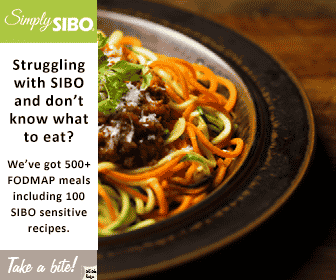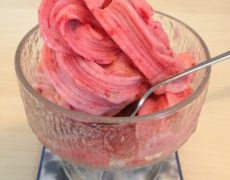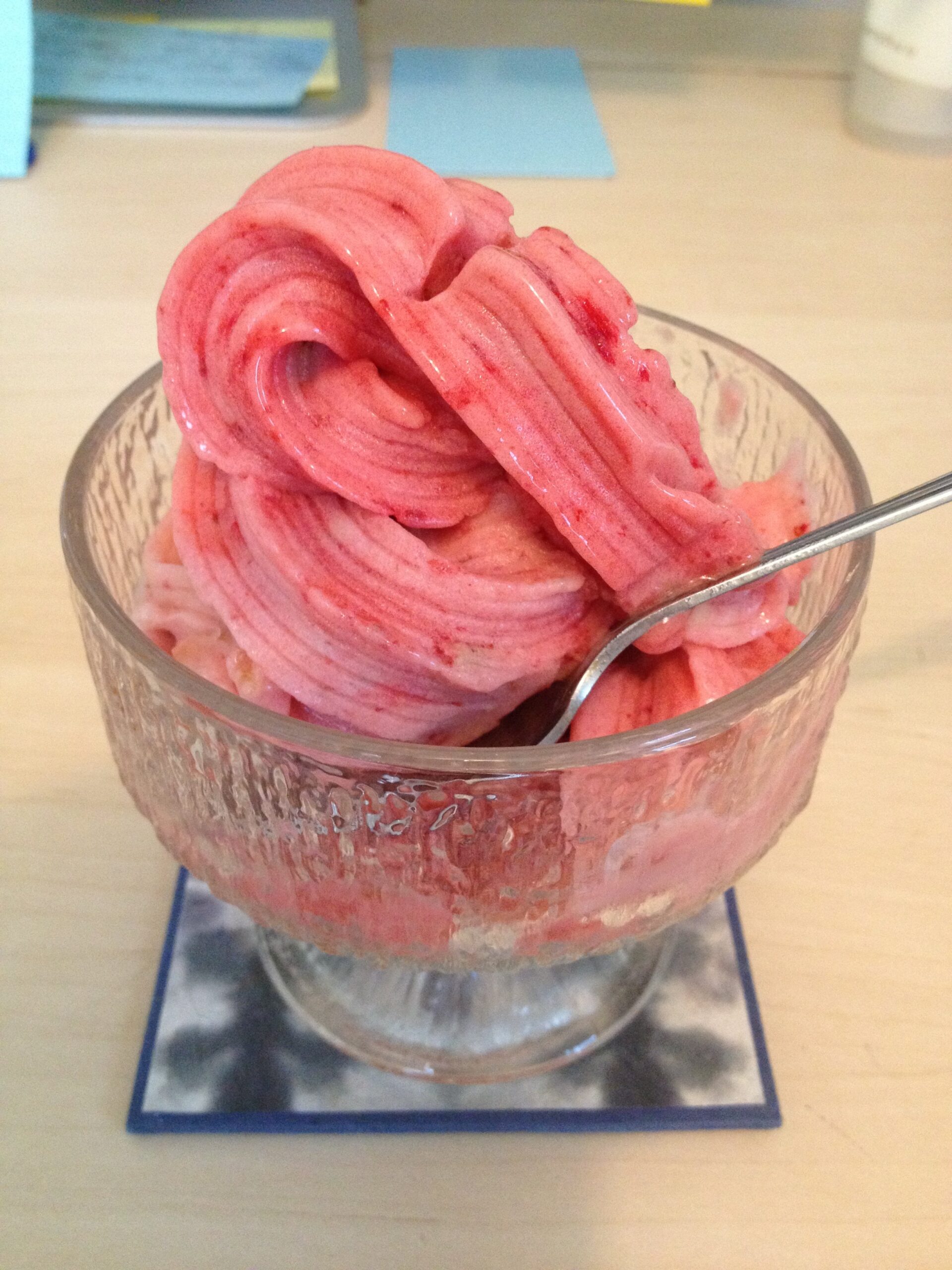Asian Buckwheat Noodles
Asian buckwheat noodles deserve your attention. But before I write any further, let me clarify any confusion. First of all, buckwheat is not wheat at all despite its name. In fact, it is related to rhubarb family and is gluten free. It is not even a grain, technically speaking. HOWEVER, and that is a serious matter for those with gluten or wheat allergies: you can pretty much bet that any product made of buckwheat, including buckwheat noodles, WILL include wheat, so please read ingredients. How come? Simply put, buckwheat is traditionally mixed with “flour” (meaning wheat flour) in products. However, you can buy 100% buckwheat noodles in any health food store that has an Asian food section. It will look pretty dark when it is cooked, so that is why we paired it with some lively light green color vegetables!
Buckwheat noodles have been part of the Japanese cuisine for hundreds of years. Buckwheat noodles are rich in protein and contain all 8 essential amino acids just like all animal products do, and therefore is a great option for vegetarian. Quinoa is the only “grain” (also technically not a grain) that matches this amino acid make up. Buckwheat is also a great source of calcium, magnesium, vitamin E, manganese, phosphorus, and pantothenic acid, and contains almost the entire range of B-complex vitamins. Bioflavonoid and antioxidant rutin in buckwheat is medicinal for capillaries and blood vessels and increases circulation to the hands and feet. Another bioflavonoid it contains, quercitin, extends the work of vitamin C and I anti-histmaine. Buckwheat also has a reputation as an antidote against X rays and other forms of radiation. In Japanese tradition, it is also considered medicinal for the kidneys. In Ayurveda, it decreases kapha. It is a good blood building food, as it neutralizes toxic acidic wastes. However, it is not recommended for someone with skin eruptions, as it may worsen them. It should also be avoided for nervous and emotionally unstable people or those with high fever, thirst or high blood pressure.
Several scientific studies have shown that buckwheat noodles and all buckwheat products can normalize blood sugar levels. Even though it does not contain bran or germ, buckwheat contains chiro-inositol and fiber which are good for stabilization of blood sugar. Chiro-inositol improves glucose metabolism because it provides the longest transit time in the gut. Finally, buckwheat can stabilize cholesterol levels and blood pressure. In a Chinese study, buckwheat intake was clearly associated with lower total serum cholesterol (the cholesterol linked to cardiovascular disease), and a high ratio of HDL (the protective cholesterol) to total cholesterol.
Techniques for grating ginger
I have a secret weapon for grating the ginger that I love, which will save the day for many of you. First, if you have fresh ginger root, scrape the skin with the top of a teaspoon rather than a knife. Safer, faster and easier and you will save more of the ginger this way. Second, keep your ginger root in the freezer in a ziplock bag and only take it out when you need to grate it for a meal. Finally, forget the traditional ginger graters. I know I will never get or use one. Use a microplane instead. It will shave frozen ginger like ice, even if you need a substantial amount. And the best part is: the skin will peel to the sides. This will keep your ginger fresh longer and you do not have to fight with it as it gets older. That is exactly how I would use it for this recipe. It is a secret I share with all my patients. Now you are in the know!
Coconut aminos vs Soy Sauce
Coconut aminos have become a popular replacement for soy sauce for people sensitive to soy or wheat or both (soy sauce contains wheat unless it is Tamari say sauce). Coconut aminos come with very similar color, texture and flavor compared to soy sauce. However, unlike soy sauce, they are non-GMO and don’t contain any gluten or soy. On top of that, they are low in sodium. Coconut aminos can be used in the same way as soy sauce. It may take a while to get used to the slightly different flavor, but it is not coconut flavor (for those who dislike that).
Enjoy your Asian Buckwheat Noodles! Looking for more recipes with functional nutrition benefits? Follow me on Pinterest!

Ingredients
- ¼ pound fresh shiitake mushrooms
- ½ large head, or 2 small heads bok choy
- ¼ cup snap peas
- 1 small carrot chopped
- Celtic Sea Salt
- 6 ounces thin dried 100% buckwheat (gluten free) or soba noodles (will contain gluten)
- 2 tablespoons olive oil
- 3 garlic cloves, shopped finely
- 1-2 jalapeno peppers, halved lengthwise and thinly sliced
- 1 tablespoon grated fresh ginger
- ½ teaspoon sea kelp
- 1 green onion, thinly sliced
- 1 tablespoon dark sesame oil
- 2 tablespoons mirin (Sweet cooking sake)
- 2 tablespoons of coconut amino sauce (or organic Tamari soy sauce)
- 2 tablespoons chopped cilantro
- Optional: 1 teaspoon toasted sesame seeds
Instructions
- Bring large pot to boil.
- Remove and discard mushroom stems; cut caps into ½ inch slices. If using small bok choy, slice stems lengthwise, leaving leaves and stems together. For large head, diagonally slice stems ¾ inch thick; slice leaves into 2 inch wide ribbons.
- When water boils, add 1 teaspoon salt and noodles, boil 8-10 minutes, until just tender, then drain.
- Meanwhile, heat olive oil in large skillet, add mushrooms and ¼ teaspoon salt, sea kelp, sauté over medium heat 3-4 minutes, and then add carrots and snap peas and bok choy, and toss while cooking for a few more minutes.
- Add mirin and coconut amino sauce, then add noodles and heat through, taking care not to overcook bok choy.
- Remove from heat, toss with cilantro and salt to taste.
- Toast sesame seeds in a dry skillet or hot oven several minutes, tossing often and sprinkle them on the dish.
LEAVE A COMMENT
If you want to transform your life, if you want health and wellness, if you want peace of mind, there isn’t a better investment than working with Kasia.~ Beth























0 Comments
No comments yet